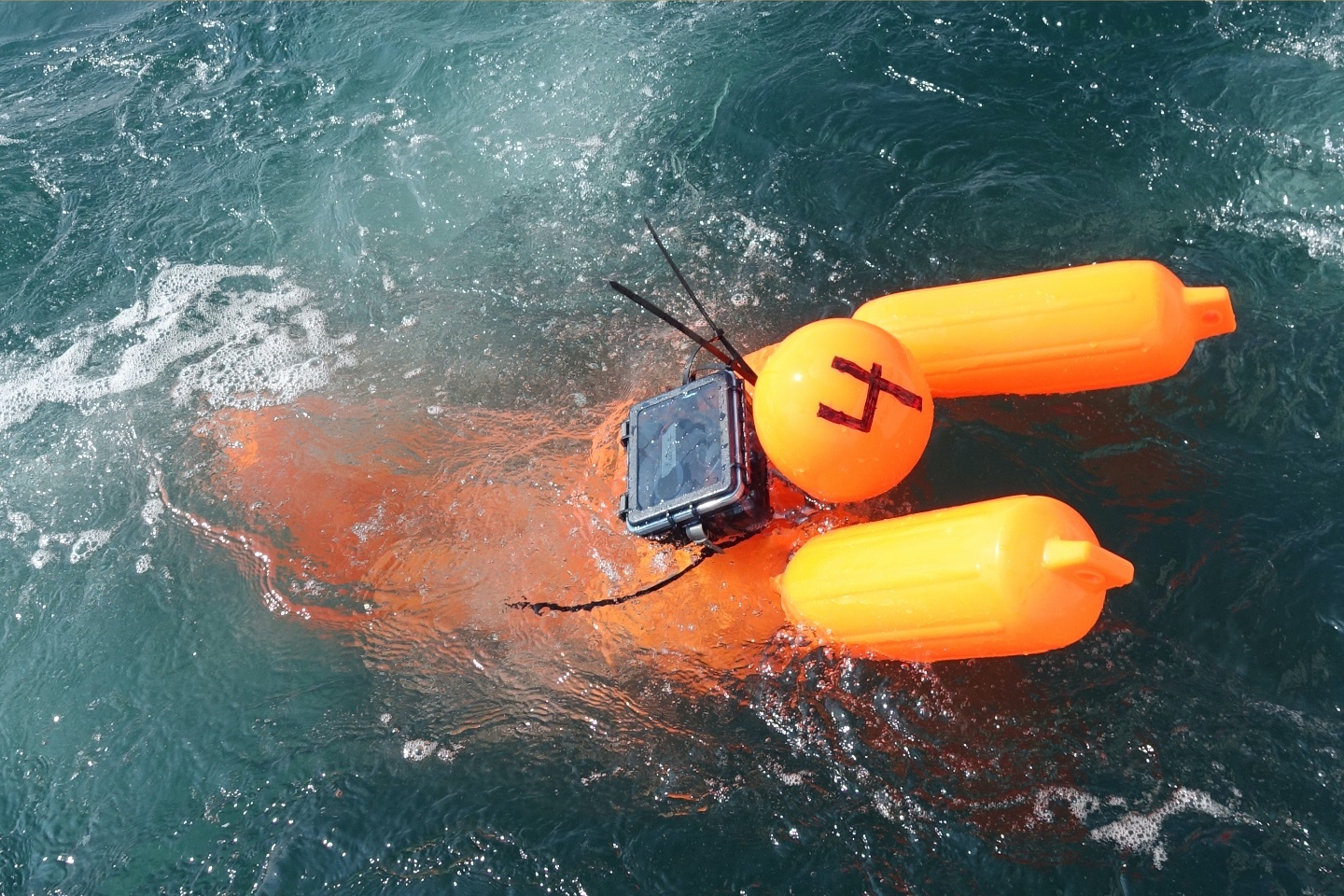Welcome to DU!
The truly grassroots left-of-center political community where regular people, not algorithms, drive the discussions and set the standards.
Join the community:
Create a free account
Support DU (and get rid of ads!):
Become a Star Member
Latest Breaking News
General Discussion
The DU Lounge
All Forums
Issue Forums
Culture Forums
Alliance Forums
Region Forums
Support Forums
Help & Search
dogknob
dogknob's Journal
dogknob's Journal
March 7, 2022
MIT: New algorithm computes how to find those lost at sea
https://bigthink.com/the-present/ocean-rescue-traps/Researchers at MIT, the Swiss Federal Institute of Technology (ETH), the Woods Hole Oceanographic Institution (WHOI), and Virginia Tech recently announced the first successful trials of their new “TRAPS” system, a system they hope will provide faster, more accurate insights into the floating locations of missing objects and people by identifying the watery “traps” into which they’re likely to be attracted. The team’s TRAPS research is published in the journal Nature Communications.
According to Thomas Peacock, professor of mechanical engineering at MIT, “This new tool we’ve provided can be run on various models to see where these traps are predicted to be, and thus the most likely locations for a stranded vessel or missing person.” He adds that, “This method uses data in a way that it hasn’t been used before, so it provides first responders with a new perspective.”

The TRAPS acronym stands for “TRansient Attracting Profiles.” It’s an algorithm based on a Eulerian mathematical system developed by lead study author Mattia Serra and corresponding author George Haller of ETH Zurich. It’s designed to discover hidden attracting fluidic structures in an onrush of changing data.
The traps the researchers seek are regions of water that temporarily converge and pull in objects or people. “The key thing is,” says Peacock, “the traps may not have any signature in the ocean current field. If you do this processing for the traps, they might pop up in very different places from where you’re seeing the ocean current projecting where you might go. So you have to do this other level of processing to pull out these structures. They’re not immediately visible.”
According to Thomas Peacock, professor of mechanical engineering at MIT, “This new tool we’ve provided can be run on various models to see where these traps are predicted to be, and thus the most likely locations for a stranded vessel or missing person.” He adds that, “This method uses data in a way that it hasn’t been used before, so it provides first responders with a new perspective.”

The TRAPS acronym stands for “TRansient Attracting Profiles.” It’s an algorithm based on a Eulerian mathematical system developed by lead study author Mattia Serra and corresponding author George Haller of ETH Zurich. It’s designed to discover hidden attracting fluidic structures in an onrush of changing data.
The traps the researchers seek are regions of water that temporarily converge and pull in objects or people. “The key thing is,” says Peacock, “the traps may not have any signature in the ocean current field. If you do this processing for the traps, they might pop up in very different places from where you’re seeing the ocean current projecting where you might go. So you have to do this other level of processing to pull out these structures. They’re not immediately visible.”
Profile Information
Member since: Tue Jun 16, 2009, 04:09 PMNumber of posts: 2,431